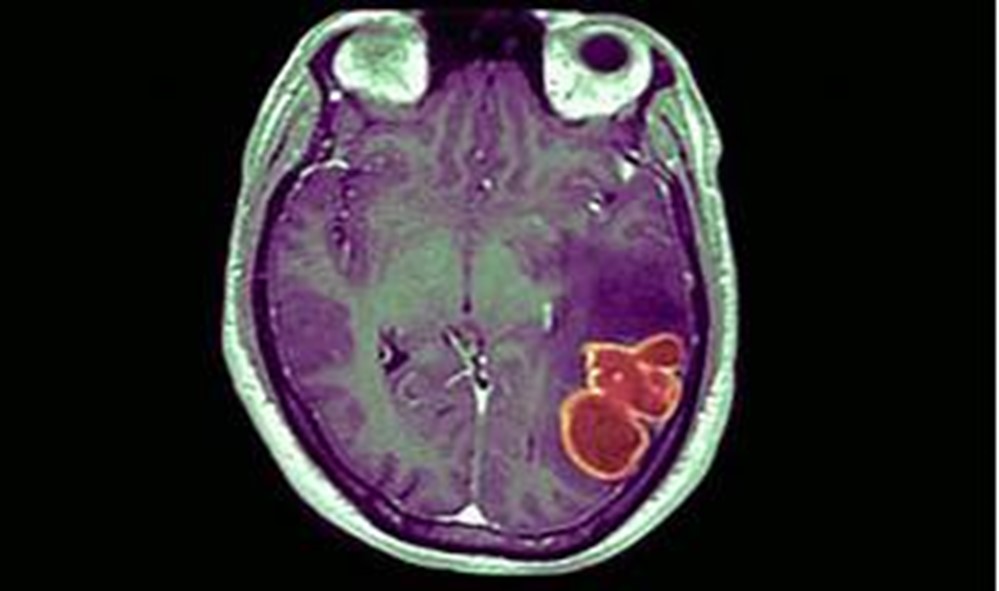A nurse is caring for a client who has a sickle cell crisis and is receiving morphine via patient-controlled analgesia (PCA) pump.
Which assessment finding indicates that the PCA pump is effective?
The client reports a pain level of 4 on a scale of 0 to 10.
The client has a respiratory rate of 12 breaths per minute.
The client has a blood pressure of 140/90 mm Hg.
The client has a pulse oximetry reading of 95%.
The Correct Answer is A
The correct answer is choice A. The client reports a pain level of 4 on a scale of 0 to 10. This indicates that the PCA pump is effective in reducing the client’s pain, which is the primary symptom of sickle cell crisis.
Choice B is wrong because a respiratory rate of 12 breaths per minute is normal and does not indicate the effectiveness of the PCA pump.
Choice C is wrong because a blood pressure of 140/90 mm Hg is high and may indicate hypertension, which is a complication of sickle cell disease.
Choice D is wrong because a pulse oximetry reading of 95% is normal and does not indicate the effectiveness of the PCA pump.
Normal ranges for vital signs are:
• Respiratory rate: 12-20 breaths per minute
• Blood pressure: <120/80 mm Hg
• Pulse oximetry: >95%
Nursing Test Bank
Naxlex Comprehensive Predictor Exams
Related Questions
Correct Answer is ["B","C"]
Explanation
The correct answer is choice B and C.Oxycodone (OxyContin) is a potent opioid analgesic that can causeconstipation,drowsiness,nausea,pruritus, andvomitingas common side effects.
To prevent constipation, the patient should be encouraged to drink plenty of fluids and eat high-fiber foods.To prevent respiratory depression and sedation, the patient should be advised to avoid alcohol and other CNS depressants while taking oxycodone.
Choice A is wrong because monitoring vital signs regularly is not specific to oxycodone use, but rather a general nursing intervention for any patient with chronic pain.
Choice D is wrong because acetaminophen (Tylenol) can interact with oxycodone and increase the risk of liver damage.
The patient should not take any other pain medications without consulting the prescriber.
Choice E is wrong because a patient-controlled analgesia (PCA) pump is not used for long-term pain management, but rather for acute or postoperative pain.Oxycodone (OxyContin) is formulated as an extended-release tablet that provides sustained pain relief for up to 12 hours.
Correct Answer is ["A","B","C","E"]
Explanation

The correct answer is choice A, B, C, and E. The nurse should use the following strategies to assess this client’s pain:
• Ask yes or no questions: This can help the client to communicate their pain level and location with minimal language difficulty.
• Use a visual analog scale (VAS): This is a self-report pain scale that uses a line with endpoints labeled as “no pain” and “worst pain imaginable”.The client can point to a position on the line that corresponds to their pain intensity.VAS has been shown to be feasible, valid, and reliable for stroke patients with mild-to-moderate aphasia.
• Observe for nonverbal cues: This can include facial expressions, body movements, vocalizations, and changes in vital signs that may indicate pain.Nonverbal cues are especially important for clients with severe aphasia who cannot use self-report scales.
• Involve family members or caregivers: They can provide information about the client’s pain history, preferences, and behaviors that may indicate pain.They can also help the nurse to communicate with the client and interpret their responses.
Choice D is wrong because open-ended questions require more complex language skills and may frustrate the client with aphasia.The nurse should use simple and direct questions that can be answered with yes or no, gestures, or pointing.
Whether you are a student looking to ace your exams or a practicing nurse seeking to enhance your expertise , our nursing education contents will empower you with the confidence and competence to make a difference in the lives of patients and become a respected leader in the healthcare field.
Visit Naxlex, invest in your future and unlock endless possibilities with our unparalleled nursing education contents today
Report Wrong Answer on the Current Question
Do you disagree with the answer? If yes, what is your expected answer? Explain.
Kindly be descriptive with the issue you are facing.
